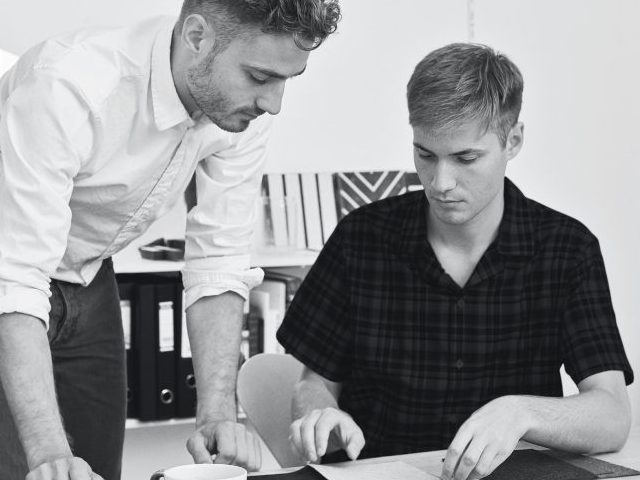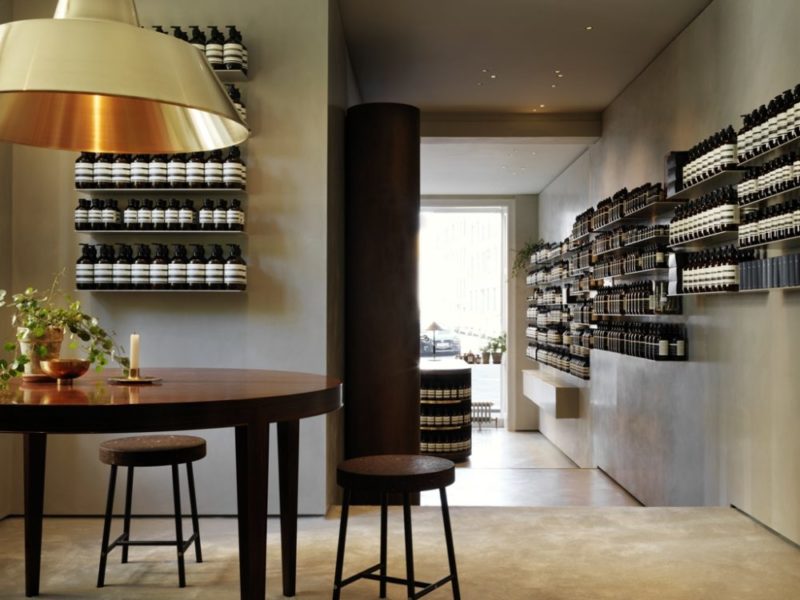Q&A with Boris Berlin
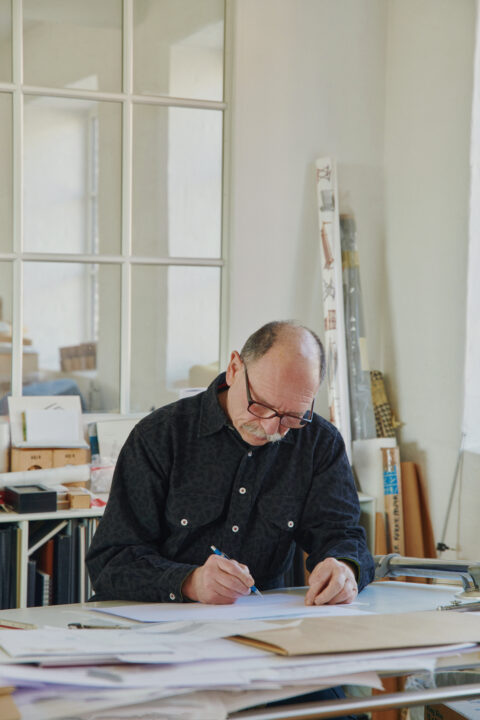
Tell us about your background in design?
“I graduated from the Design School in St.Petersburg in 1975 and worked as an industrial and graphic designer at VNIITE. In 1983 I moved to Denmark and, in 1984, founded Boris Berlin Design. In 1987 I became co-founder and partner of Komplot Design, and in 2010, co-founder of the partnership Iskos-Berlin Design. Since 2017 I have been primarily active in Boris Berlin Design (BBD) studio.
Tell us about your design studio?
“BBD is based in Copenhagen, a very compact but very efficient studio – me and two, sometimes three wonderful, highly qualified assistants. It is definitely not a “design factory”, but rather a design delicacy workshop”.
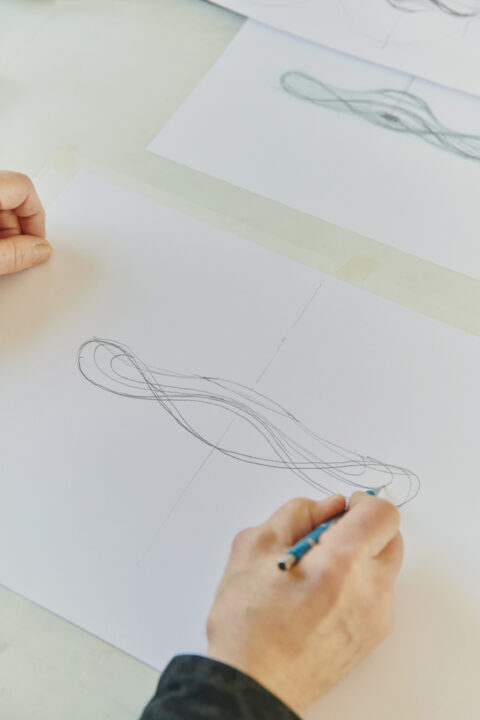

Could you share a bit about your journey as a designer? What drew you to the world of design, and how has your approach evolved over the years?
“I have been drawing and painting from the time I remember my childhood and later attending art school since I was 8 or 9. I did not doubt that art was what I wanted to do. Later on, architecture seemed to be the discipline that synthesized everything I was interested in, from history to art. It can bring art into everyday life with the 3-dimensionality and at a different large scale…
It is actually the scale of architecture that got me scared of the scale of the responsibility in the last moment when choosing the education – I scaled down to industrial design. In my naivety, I thought that the potential damage of the design was smaller.
We are aware today of the design and designers being big deal accomplices of creating environmental problems. Realizing this cannot avoid changing my design approach”.
Can you tell us about your inspiration for designing the FLYING lamp?
“Designing a pendant lamp it is natural to think about its “role” given by its position in the architectural space – in the room. It actually doesn’t belong to the hard frame of a room, to its structure. It belongs to the air – where it is suspended. Then the choice is either to underline the state of suspension that might lead to, for example, a metaphor of a bell, a cone or the like; or to choose the metaphor of a free-floating levitating object in the space between the ceiling and the floor. This is what I have chosen. This is why it is “flying”, not
“hanging”.
What were the technical challenges you encountered during the design and development of FLYING?
“The idea of FLYING lampshade is that its shape is the result of how the 3-D knitted top and bottom are stretched between the centrepiece and the waving ring forming the edge of the lampshade. To achieve the desired shape, it was crucial to get the right properties of knitting with the correct elasticity and design. After numerous tries and errors, we finally succeeded”.

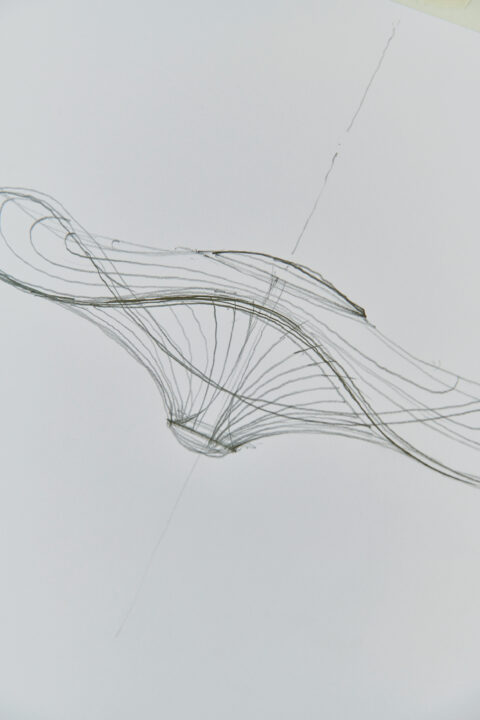
The FLYING lamp evokes a sense of suspended movement and elegance. Can you share insights on your thought processes while translating the concept of “flying” into a tangible design?
“The waving edge of the lampshade with the following waves of the concentric pattern of knitting is creating
the expression of biomorphic hovering, the movement like that of a floating stingray…”.
What are your thoughts on how the FLYING lamp interacts with different interior spaces?
“The idea was to create a lamp that is not demanding a definite position in the interior. In other words, it certainly can be placed over the table, where we normally place the pendant light. But what is more important – it can be placed randomly in the room, alone or in groups, large or small, low or high – as if they flew into the interior space and are still moving around…”.
Can you share more about your approach to incorporating sustainability into the design of FLYING lamps?
“Flying is based on the use of 3D knitting of the lampshade – the direct process from yarn to the ready product, not demanding any cut-offs and not leaving any waste. The centrepiece and the extruded frame are produced in aluminium alloy. All materials are easy to separate and recycle. The chosen materials and production technology, together with the compactness in transport and distribution, ensure the sustainability of Flying”.
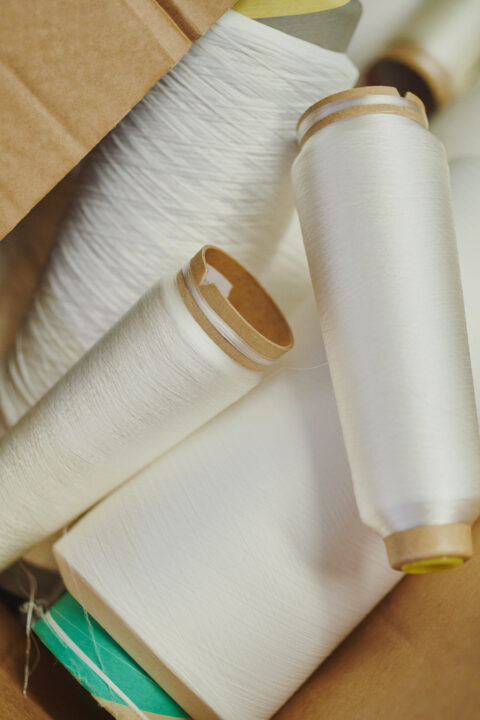
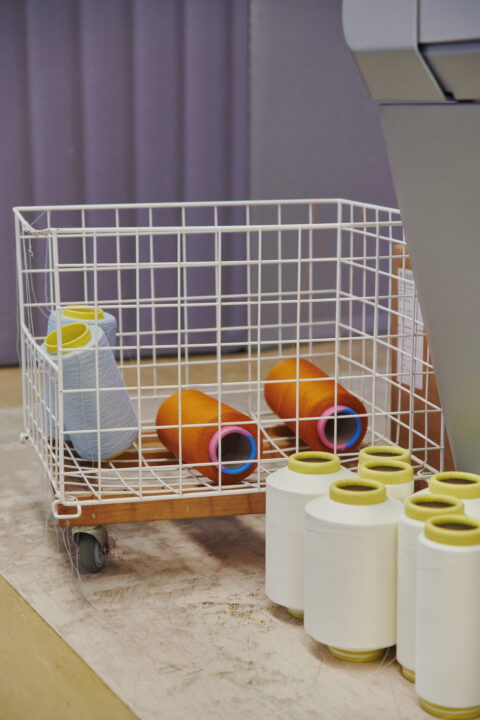
Sustainability is a key aspect of the FLYING lamp – how do you view sustainability as a fundamental part of modern design?
“Sustainability is indeed an essential aspect of FLYING. In general, it has become a significant issue of design. But it has so many aspects, besides the choice of materials and production techniques, that are calculatable to a certain extent: is the product wanted in the long run, will it be functional and still desired after many years?”.
The FLYING lamp has a built-in LED light source that provides a soft and diffused illumination. Why this choice of light source? And how is it integrated into the design?
“The LED light gives design possibilities that are not possible with retrofit light bulbs. It is possible to control the intensity and light temperature better. Moreover, it is energy-saving. The built-in LED is much more compact and is the best solution for the design of FLYING”.
How was the collaboration with Made by Hand on FLYING lamp?
“It wouldn’t be possible to create FLYING, if Made by Hand, for whom we designed earlier the Knit-Wit lamp series and have an ongoing fruitful cooperation, didn’t ask me to design a series of large sculptural decorative lighting. The combination of Made by Hand’s dedication and commitment is the precondition of the successful product development process”.
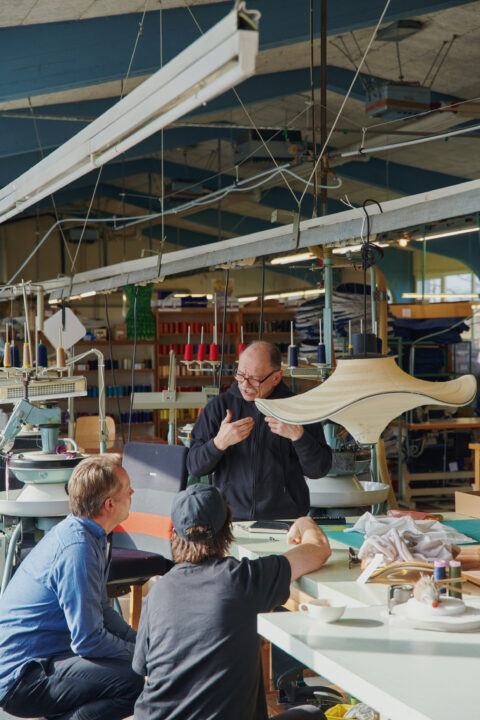
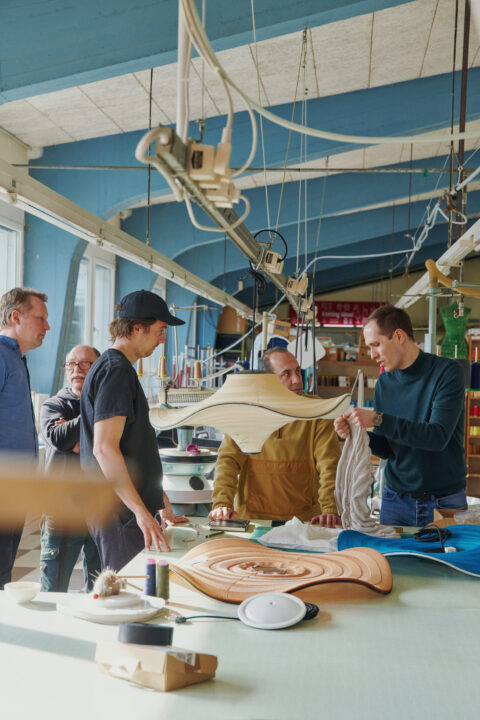
Beyond the FLYING lamp, what other design projects or materials are you currently exploring?
“We are constantly keeping our eyes open for the development of new technologies that are taking place in various industries. A lot is happening within non-woven textiles and Bio-based Bio-degradable materials. Particularly our experiments with composites of plant fibre / PLA are very promising”.
Where do you find inspiration for your work?
“God! Everywhere! From beautiful sunsets to walks in the forest, from technology fairs to art exhibitions”.
Can you share a quote of a motto that guides your way of living or thinking?
“Rephrasing the quote ascribed to Miles Davis and changing the words “music” and “heard” to “design” and “seen”: “The best design is one you recognize, though you have never seen it before”. And motto will probably be “Curiosity”” – Boris Berlin.

